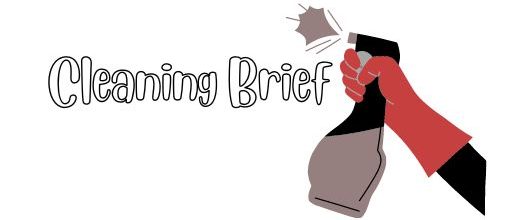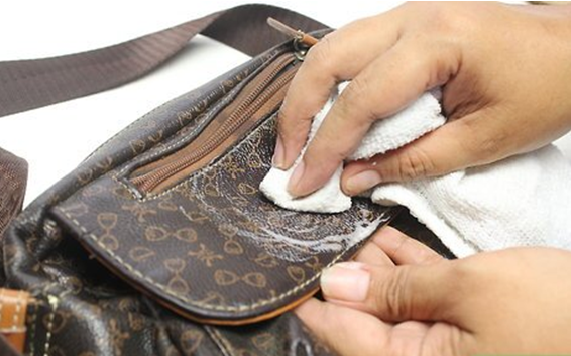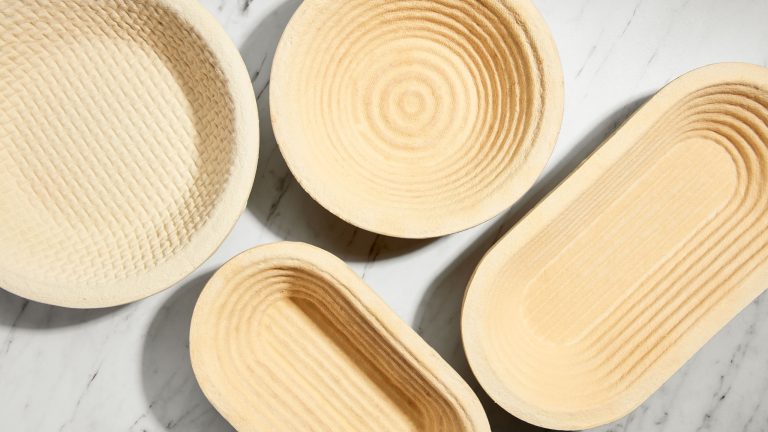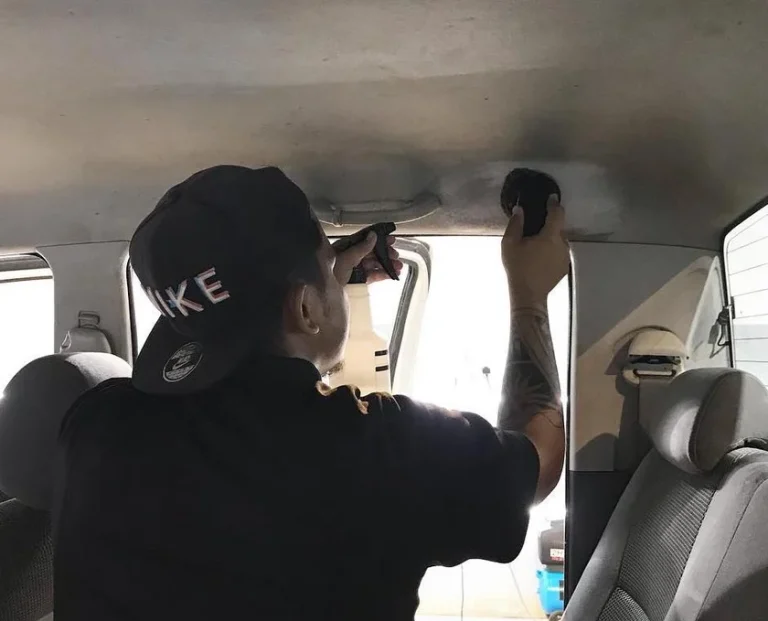How to Clean Mold on Leather: Ultimate Guide
To clean mold on leather, gently wipe the affected area with a mixture of water and vinegar. Mold can be a persistent problem on leather surfaces, causing stains and a musty smell.
However, with the right approach, it can be effectively cleaned. One effective method involves using a mixture of water and vinegar. This natural solution not only helps remove mold but also kills any remaining spores, preventing future growth. When cleaning, be sure to use a gentle touch to avoid damaging the leather.
Additionally, it’s important to thoroughly dry the area after cleaning to prevent any potential moisture from promoting mold growth. By following these steps, you can effectively clean mold off your leather items and restore their original appearance.
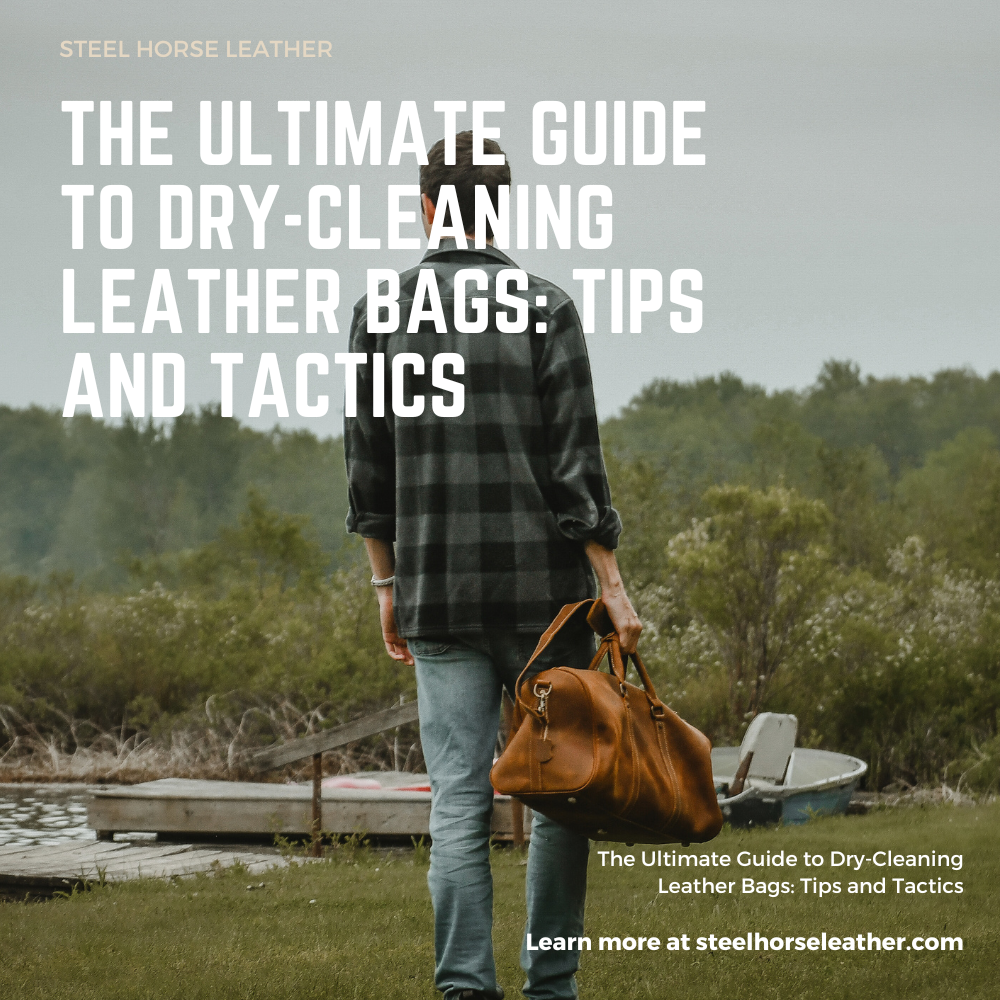
Credit: steelhorseleather.com
Identifying Mold On Leather
If you notice mold on your leather items, it’s crucial to clean it promptly to prevent further damage. Begin by wiping the surface with a dry cloth to remove any loose mold. Then, use a mixture of water and mild soap to gently clean the affected area.
Finally, allow the leather to dry completely before conditioning it to prevent future mold growth.
Recognizing The Signs Of Mold
Mold can be a real nuisance if it starts growing on your leather items. Not only does it have a musty odor and unsightly appearance, but it can also cause health problems if left untreated. Therefore, it’s important to be able to recognize the signs of mold on leather so that you can take immediate action. Here are a few key indicators to look out for:
- Visible presence of fuzzy or powdery green, black, or white spots on the leather surface.
- An unpleasant musty odor emanating from the leather item.
- Discoloration or darkening of the leather, particularly in humid or damp environments.
If you notice any of these signs on your leather items, it’s crucial to determine the severity of the mold infestation before proceeding with the cleaning process. By doing so, you can best evaluate the appropriate steps needed to effectively remove the mold and prevent its recurrence.
Determining The Severity Of The Mold
Before diving into cleaning, it’s important to assess the severity of the mold growth on your leather. This will help you determine the most suitable cleaning method and the level of caution required during the process. Here are a few steps you can take to determine the severity of the mold:
- Examine the size of the mold-affected area on the leather. Is it confined to a small spot or has it spread extensively?
- Check whether the mold appears to be growing on the surface of the leather or if it has penetrated deeper into the material.
- Test the leather’s condition and determine if it shows signs of dampness or discoloration that could indicate the presence of mold spores.
Remember, mold can be successfully treated if caught in its early stages. However, if the mold infestation is severe or deeply embedded within the leather, it may be best to consult a professional cleaner to prevent further damage to the material.
Preparing To Clean Mold On Leather
Looking to clean mold on your leather? Follow these simple steps to effectively prepare for the cleaning process and restore your leather to its original condition.
Preparing to Clean Mold on Leather Mold growth on leather can be quite a challenge to deal with. Before you start the cleaning process, it’s important to take certain steps to ensure effective and safe mold removal. In this section, we will discuss two crucial steps to prepare yourself for cleaning mold on leather: gathering necessary tools and supplies, and testing cleaning solutions on a small area.Gathering Necessary Tools And Supplies
To effectively clean mold on leather, you will need a few essential tools and supplies. Here is a list of items you should gather before you begin the cleaning process:- A soft-bristle brush or sponge
- Mild soap or leather-specific cleaner
- White vinegar
- Isopropyl alcohol
- Water
- Soft, lint-free cloths
- A clean, dry towel
- A small bowl
- Protective gloves
- A face mask
- A well-ventilated area
Testing Cleaning Solutions On A Small Area
Before applying any cleaning solution on the entire affected area, it’s crucial to test it on a small, inconspicuous spot of the leather. Testing helps ensure that the solution won’t cause any damage or discoloration to the material. Follow these steps for a proper solution test:- Choose a small, hidden area on the leather, such as underneath the furniture or at the back of a cushion.
- Dilute the cleaning solution according to the manufacturer’s instructions.
- Apply a small amount of the solution onto a soft cloth or sponge.
- Gently rub the solution onto the test area in circular motions.
- Check the leather for any adverse reactions such as discoloration, fading, or damage.
- If there are no negative effects, proceed to apply the solution to the rest of the affected area. If any issues occur, discontinue use.
Cleaning Mold On Leather
Mold can be a serious issue for leather items, as it not only causes discoloration and odors but can also deteriorate the material.
Using Gentle Cleaning Techniques
Gently cleaning mold from leather is important to avoid damaging the material. Begin by brushing off any loose mold spores using a soft-bristled brush. Next, use a mixture of mild soap and water to carefully wipe down the affected area. Always remember to test any cleaning solution on a small, inconspicuous area first to ensure it doesn’t cause damage.
Applying Effective Natural Remedies
Natural remedies can be beneficial in removing mold from leather. A mixture of white vinegar and water can be effective for killing mold spores. Gently apply the solution using a soft cloth and allow it to dry thoroughly. Another natural remedy is rubbing alcohol, which can be dabbed onto the affected area with a cotton ball.
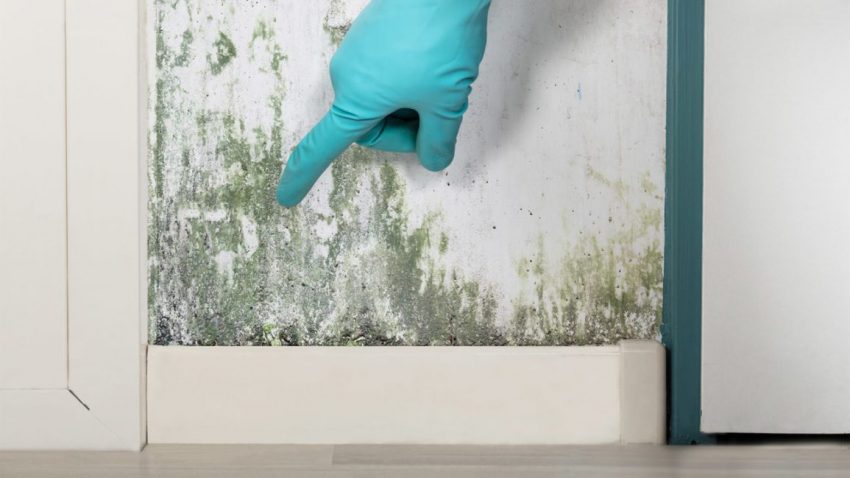
Credit: prohousekeepers.com
Restoring And Protecting Leather
Restoring and protecting leather is essential to maintain its longevity and beauty. When mold growth occurs on leather, it not only poses a health risk but also damages the material if left unattended. However, with the right methods, you can effectively clean mold off leather and restore it to its former glory. In this section, we will explore two crucial steps: rehydrating the leather and applying protective treatments to prevent future mold growth.
Rehydrating The Leather
In order to clean mold off leather effectively, it’s crucial to rehydrate the material. Mold often thrives on dry surfaces, so rehydration helps loosen the mold particles and make them easier to remove. Here’s the step-by-step process to rehydrate your leather:
- Gently wipe the leather surface with a clean, damp cloth to remove any loose dirt or debris.
- Apply a small amount of leather conditioner to a soft cloth and rub it evenly onto the affected areas.
- Allow the conditioner to penetrate the leather for a few minutes, then gently massage the leather using circular motions. This helps restore flexibility and moisture to the material.
- Remove any excess conditioner with a clean, dry cloth and allow the leather to air dry naturally. Avoid exposing it to direct sunlight or heat sources, as this can cause dryness or cracking.
Applying Protective Treatments
Once you have successfully removed the mold and rehydrated the leather, it’s essential to apply protective treatments to prevent future mold growth. Here are some effective treatments to consider:
- Leather protector spray: Apply a thin, even layer of leather protector spray to the entire surface of the leather. This creates a barrier against moisture and mold growth, keeping your leather safe.
- Antimicrobial treatment: Use an antimicrobial leather treatment product specifically designed to inhibit mold and mildew growth. Follow the instructions provided by the manufacturer to ensure effective application.
- Regular cleaning: Implement a regular cleaning routine to prevent mold from returning. Simply dust off the leather surface regularly and wipe it with a damp cloth to remove any dirt or moisture that may encourage mold growth.
By following these steps to rehydrate the leather and apply protective treatments, you can effectively clean mold off leather and maintain its quality. Remember to always use suitable products and follow the manufacturer’s instructions for best results. With proper care and maintenance, your leather items can continue to look fantastic for years to come.
Preventing Mold Growth On Leather
Leather items can make for stylish and durable additions to any home or wardrobe. However, leather is susceptible to mold growth if not properly cared for. To protect your leather goods and prevent the growth of mold, it is important to implement proper storage practices, regularly inspect and clean your items.
Implementing Proper Storage Practices
When it comes to preventing mold growth on leather, proper storage practices play a crucial role. Follow these tips to ensure your leather items stay mold-free:
- Store leather items in a cool and dry environment where humidity levels are low. Mold thrives in damp conditions, so keeping the air dry is key.
- Avoid storing leather items in plastic bags or covers, as these can trap moisture and promote mold growth. Instead, use breathable cotton or fabric covers or store them in a well-ventilated area.
- Do not place leather items near heat sources or in direct sunlight, as excessive heat can cause the leather to dry out and crack.
- Consider using a dehumidifier or moisture-absorbing products, such as silica gel packets, in the storage area to keep humidity levels in check.
Regularly Inspecting And Cleaning Leather Items
Regular inspection and cleaning are essential for maintaining the condition of your leather items and preventing mold growth. Here are some steps you can follow:
- Inspect your leather items regularly for any signs of mold, such as dark spots, discoloration, or a musty odor. Promptly address any mold growth to prevent it from spreading.
- Wipe down leather items with a dry, soft cloth on a regular basis to remove dust and dirt that can contribute to mold growth.
- If your leather items become wet, allow them to air dry naturally. Do not use heat sources or hairdryers, as they can damage the leather.
- In case of stubborn stains or mold, use a leather-safe cleaner or mild soap diluted with water. Gently clean the affected area using a soft cloth, and then allow it to dry completely.
- Applying a leather conditioner or protector can help nourish the leather and create a barrier against moisture, reducing the risk of mold growth.
By implementing proper storage practices and regularly inspecting and cleaning your leather items, you can minimize the chance of mold growth and keep your leather goods looking their best for years to come.
:max_bytes(150000):strip_icc()/SPR-how-to-deep-cleaning-house-7152794-Hero-01-e5cd99973ec24e69b00b5ee6b992f760.jpg)
Credit: www.thespruce.com
Frequently Asked Questions On How To Clean Mold On Leather
How To Identify Mold On Leather?
To identify mold on leather, look for green or black spots, musty odor, and discoloration. Inspect the surface and texture for any visible signs of mold growth. If you suspect mold, avoid touching or spreading it further and take immediate remedial action to prevent further damage.
Can Mold On Leather Be Cleaned?
Yes, mold on leather can be cleaned. Start by gently wiping the affected area with a soft cloth. Next, mix a solution of mild soap and water and lightly scrub the moldy area. Rinse with a clean damp cloth and allow it to air dry completely.
Apply a leather conditioner to restore moisture and prevent cracking.
Is It Safe To Clean Mold On Leather By Yourself?
Yes, it is safe to clean mold on leather by yourself. However, it is important to take necessary precautions to avoid spreading or inhaling mold spores. Use protective gloves, masks, and ensure proper ventilation during the cleaning process. If you are unsure or the mold growth is extensive, it is recommended to seek professional help.
Conclusion
In sum, cleaning mold on leather requires gentle steps to maintain its condition. Prioritize prevention through regular cleaning and proper storage. When mold does appear, act promptly and cautiously using mild solutions and soft brushes. Remember to dry the leather thoroughly to prevent future growth.
With care and attention, you can keep your leather items mold-free for years to come.
